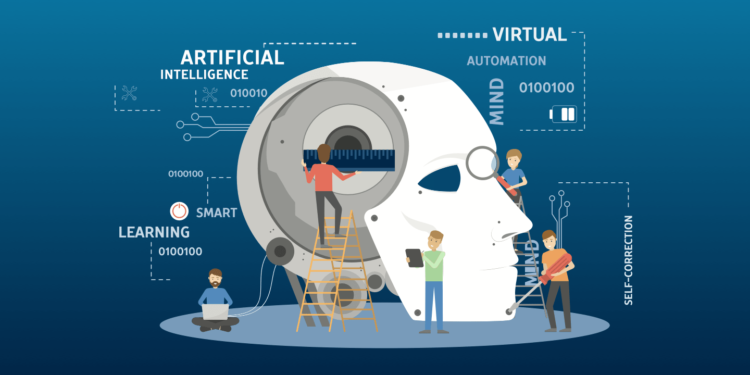Artificial intelligence is glamorous, popular, and everywhere — yup, it is essentially a buzzword that doesn’t mean anything most of the time. This doesn’t mean that artificial intelligence technologies aren’t useful or revolutionary, on the contrary, they’re expected to completely transform the business scene.
The problem is that AI is such a broad field with diverging subfields that have different histories and developments, any article that tackles the whole field is meaningless, and business owners and professionals won’t glean any useful information out of it.
That’s why you should reach about each subfield of AI separately. And in this article, we’ll delve deep into one of the most important subfields of AI with many applications both in B2B and B2C business models: Image Recognition AI. There are rare sectors who won’t be touched by this technology, and this is why it is important to have at least a surface knowledge of its uses and advantages.
#1 Automation of Classification Processes
Classification is an important part of many businesses, especially ones in the manufacturing sector. You need to be able to quickly sort and handle different parts of the product on the assembly and production lines. In most cases, the manufacturing business who has a more productive manufacturing line will have a competitive edge over other businesses in the sector.
Image AI can help your business tremendously in this area. You don’t need specialized machines custom made for your production line just so you get the assembly correct. You can cut down costs by a large percentage by using advanced image recognition AI with advanced robotics. This not only has the advantage of being cheaper in the long run, but it is also more flexible. You just need to replace or tweak the algorithm instead of replacing the whole machine.
#2 Digitization of Data Quicker
Having access to data on a computer is a total game-changer. It allows you to quickly store documents, read documents, search documents, combine documents, and much more. Digital record-keeping is one of the preconditions of a successful company in today’s competitive business world.
Wouldn’t you like the ability to be able to scan and input all the information on a document into your computer? In the past, you needed to write down the complete thing or store the documents in image format, which wasn’t editable or searchable. With image recognition AI, complex algorithms will detect the letters on the paper and scan them into a computer-readable format in a matter of seconds. It is making bookkeeping, data storage, and data analysis much easier and more effective.
#3 Real-Time Response to Real-World Events
How can you make computers respond in real-time to changes happening in the real world? This is far harder than it seems. The computer needs to be aware of its environment, recognize objects correctly, and respond in time. Incredibly complex computations are involved.
This is one of the express purposes of image recognition AI. There are many algorithms and techniques created in this subfield to accurately and quickly recognize various objects. In fact, we’ve come so far that self-autonomous cars are now a possibility due to their ability to scan and analyze their outside.


